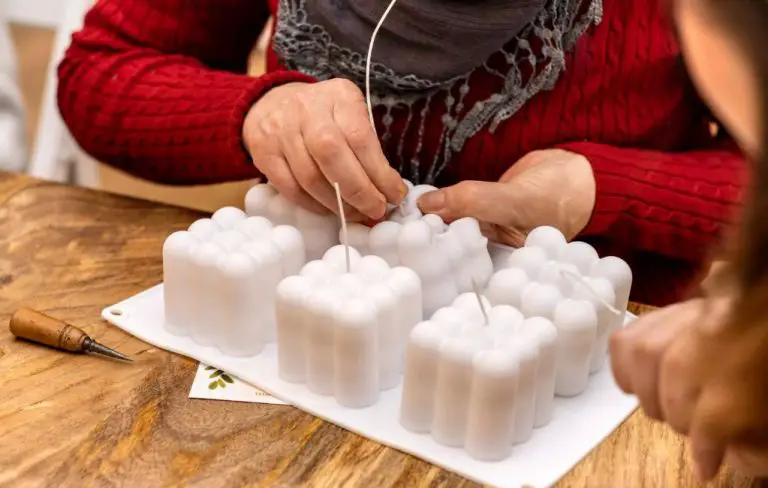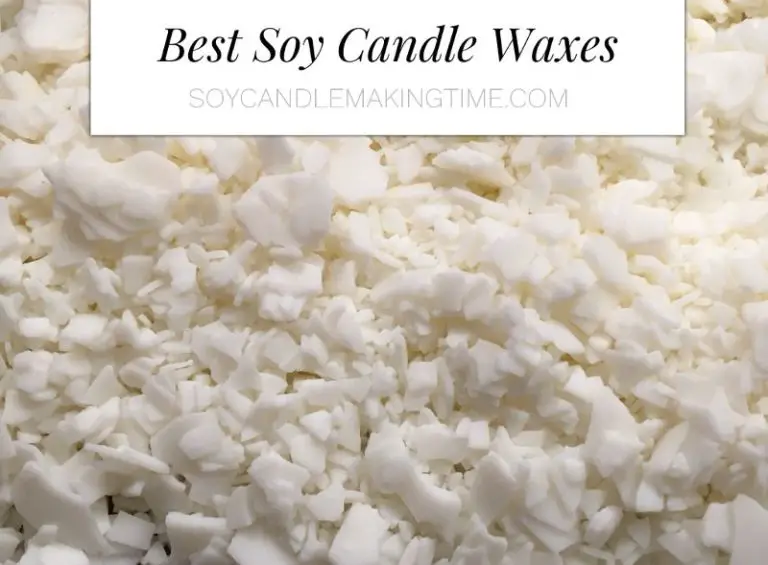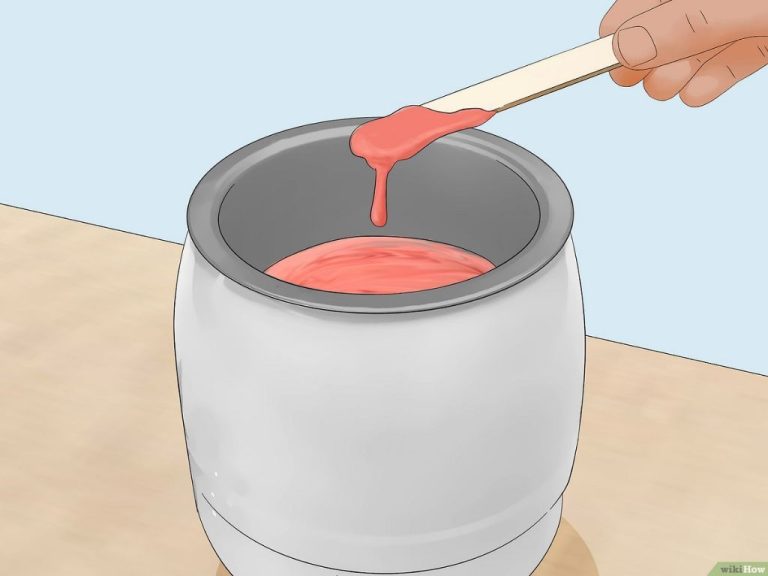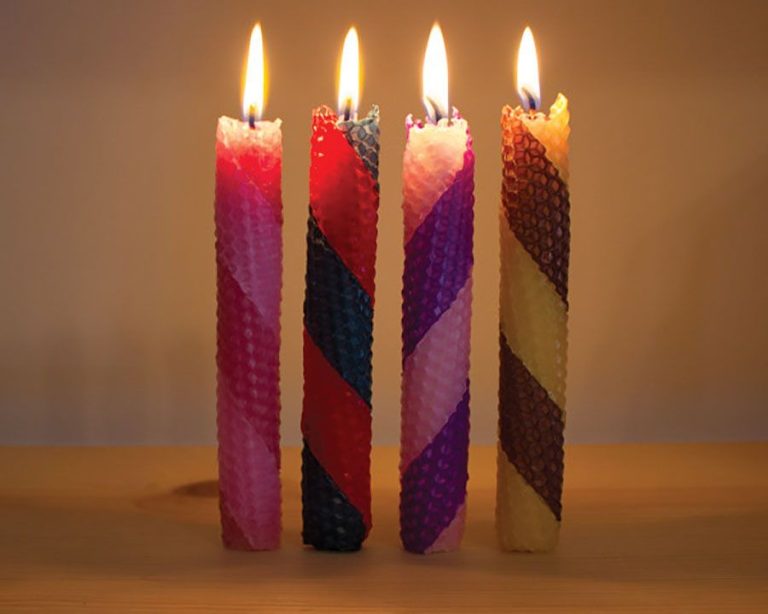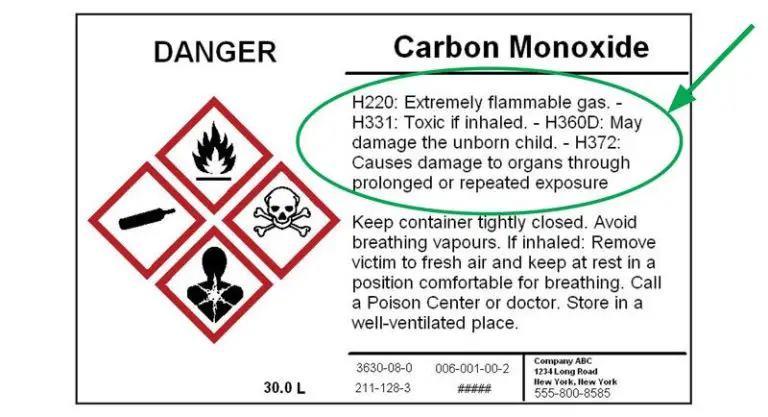Which Soy Wax Is Best For Candles?
Soy wax is a popular natural wax alternative used in candlemaking and other applications. It is derived from soybean oil and has gained popularity over the last couple decades as consumers seek out more natural and eco-friendly options compared to paraffin wax.
Soy wax burns cleaner than paraffin wax since it’s made from a plant-based source and does not emit toxins or soot when burned. It’s often marketed as a renewable and sustainable choice. The use of soy wax allows candlemakers to create natural, homemade candles that appeal to environmentally-conscious customers.
When used for candlemaking, soy wax has some different properties compared to paraffin that can impact burn time, appearance, and scent throw. It’s important for crafters to understand the characteristics of soy wax in order to select the right type and create effective soy wax candles.
This article provides an overview of the most common types of soy wax used for candlemaking, key differences, and recommendations on which soy wax may be best for different candle applications.
Types of Soy Wax
There are two main types of soy wax – natural soy wax and hydrogenated soy wax. Natural soy wax is made directly from soybean oil without any chemical processing. It retains the natural soybean oil scent and is prone to frosting or sweating when used in candles. Hydrogenated soy wax goes through a process called hydrogenation where hydrogen is added to soybean oil to convert the unsaturated fat into saturated fat. This makes the wax harder and gives it a higher melting point, reducing frosting and sweating. Hydrogenated soy wax has no soybean oil scent and has properties more similar to paraffin wax. Both natural and hydrogenated soy wax are considered safe candle waxes, but some makers prefer natural soy wax as the more natural option while others prefer hydrogenated for the improved performance (https://armatagecandlecompany.com/blog/guide-to-soy-wax/).
Soy Wax Blends
There are several popular soy wax blends commonly used for candle making:
Eco-Sooya is a blend made from 100% soy wax along with proprietary additives to enhance the performance. It has good scent throw and smooth tops according to https://www.candlecreations.co.nz/the-lowdown-on-soy-waxes/. Eco-Soya CB is one of their most popular varieties.
Golden Brands offers soy wax blends like Golden Soy Wax 464 and 415. Soy 464 is a blend of soybean oil, hydrogenated soybean oil, and vegetable esters. It has excellent scent throw and can hold more fragrance oil than other waxes according to https://suffolkcandles.co.uk/blogs/candles/waxforcandlemaking. Soy 415 is a harder blend good for pillars and votives.
Soy Wax Melting Point
The melting point of soy wax is a key factor that impacts candle performance. Soy wax has a melting point ranging from 120°F to 160°F depending on the specific wax blend (Source). A higher melting point soy wax around 150°F-160°F is typically recommended for candles, as it allows the wax to remain solid and retain its shape in standard indoor temperatures. Lower melting point soy waxes around 120°F may become soft or even liquify at room temperature, impacting the burn performance.
If the melting point is too low, the wax can lose its shape or become misshapen in warmer environments. This makes the soy wax pool improperly and diminish its burn time. A higher melting point wax resists melting in heat, allowing for a more consistent burn. The ideal melting point balances proper pillar formation with an ability to form a full melt pool when lit (Source). In determining the best soy wax for candles, a melting point in the 150°F-160°F provides reliability across different environments.
Soy Wax Burn Time
The type of soy wax impacts the burn time of candles. Soy wax is typically longer burning than paraffin wax. However, there are differences between types of soy wax.
100% soy wax has the longest burn time, typically 50-60 hours for a 6 oz candle. Soy wax blends burn slightly less, around 45-55 hours for a 6 oz candle. The addition of paraffin and other additives shortens the burn time compared to 100% soy.

Another factor is the melting point. Lower melting point soy waxes produce a softer wax pool and tends to burn faster. Higher melting point soy wax lasts longer (source: https://emcandleco.com/pages/candle-sizing).
In summary, 100% soy wax with a higher melting point will have the longest burn time. Soy wax blends will burn moderately less. But all soy wax types generally last significantly longer than paraffin candles.
Soy Wax Scent Throw
Scent throw refers to a candle’s ability to emit its fragrance into the surrounding air. This is an important factor when selecting soy wax, as some varieties perform better than others for strong scent projection.
Pure soy wax generally has a light to medium scent throw. According to research, soy wax retains 5-8% of fragrance oils by weight while burning (Sources:
https://suffolkcandles.co.uk/blogs/candles/best-candle-wax-for-scent-throw,
https://www.craftserver.com/topic/63395-soy-wax-scent-throw-advice-from-dealer/).
Blended soy waxes like EcoSoya PB and GB 464 typically have stronger scent throw than 100% soy. The paraffin or vegetable-based additives help the wax retain more fragrance oil.
Testing different soy wax varieties with the same fragrance load is the best way to compare scent throw performance. Overall, blended soy waxes are optimal for producing strongly scented candles.
Soy Wax Appearance
The appearance of soy wax candles can vary greatly depending on the type of soy wax used. 100% soy wax tends to be more opaque, dull, and chalky looking compared to soy wax blends.
Adding coconut oil or paraffin to soy wax creates a smoother, creamier appearance and sheen when cooled. The higher the percentage of additives, the more translucent and glossy the appearance.
Most soy-paraffin blends produce candles that are nearly indistinguishable from 100% paraffin in appearance. The blend ratio impacts opacity and finish – more paraffin produces a smoother surface.
Premium soy waxes marketed for candles tend to produce the best visual results. These waxes are formulated with extra care for appearance. IGI 4625, for example, has a smooth finish and vivid color representation (https://www.igiwax.com/product/igi-4625/).
In summary, appearance depends greatly on wax composition. 100% soy wax is more dull and chalky. Blends and premium waxes offer glossier, smoother finishes and better representation of dyes/pigments.
Soy Wax Cost
There are significant differences in price between the various types of soy wax. The cheapest soy wax is 100% natural soy wax, which can be purchased for $1.50 to $2.50 per pound. Blended soy waxes like EcoSoya CB-Advanced and Golden Brands 415 soy wax cost more, ranging from $2 to $4 per pound. The most expensive soy wax is vybar, which can cost $5 to $7 per pound.
The reason for the price differences comes down to the ingredients and production process. 100% natural soy wax only contains hydrogenated soybean oil, so it is the simplest and cheapest to make. Soy wax blends include other additives like paraffin and vegetable oils, which increase costs. Vybar uses a specialized hydrogenation process that results in a harder soy wax, but requires more processing which drives up the price.Village Craft and Candle Announcement
Soy Wax Availability
Soy wax can be purchased from various online retailers and wholesale suppliers. When sourcing soy wax, it’s important to find a reputable supplier that provides high-quality products. Some top suppliers of soy wax include:
VedaOils – This manufacturer and distributor offers soy wax flakes in bulk quantities up to 55 lbs. VedaOils soy wax is 100% pure and cosmetic grade (Source).
Amazon – Soy wax like Golden Brands and Candle Science soy wax can be purchased on Amazon in smaller quantities ranging from 5-25 lbs (Source).
AliExpress – This marketplace has sellers offering soy wax flakes like American Soy Wax 464 in 1kg quantities for hobbyists (Source).
When sourcing soy wax, it’s important to consider quantity, quality, price, and supplier reputation. Buying in bulk from reputable suppliers can help get the best deal on high-quality soy wax.
Recommendation
Based on the various factors discussed, there are a few soy wax blends that stand out as being the best options for different candlemaking needs:
For candles with the best hot and cold scent throw – Golden Brands 415 soy wax has excellent scent retention and projection. Its soy wax blend includes 5% coconut wax which helps anchor scents.
For the longest burn time – EcoSoya Q210 or Q220 have long burn times of 50-60 hours. They have a higher melting point and harder texture that result in slower wax pooling.
For the smoothest appearance – Golden Brands 4625 soy wax has a smooth opaque finish that looks beautiful in containers. It can hold more fragrance oil while reducing frosting.
For the best cost value – Cargill NatureWax C-3 is very affordable while still performing well. It’s a good budget-friendly option.
For ease of use – Accu-pure Soy 10 is easy to work with for beginners. It has good adhesion, jar retention, and texture.
Testing different soy wax blends with your specific fragrance oils, wicks, and containers will help determine what works best for your needs. But the waxes mentioned above are top-rated options to consider as a starting point.

